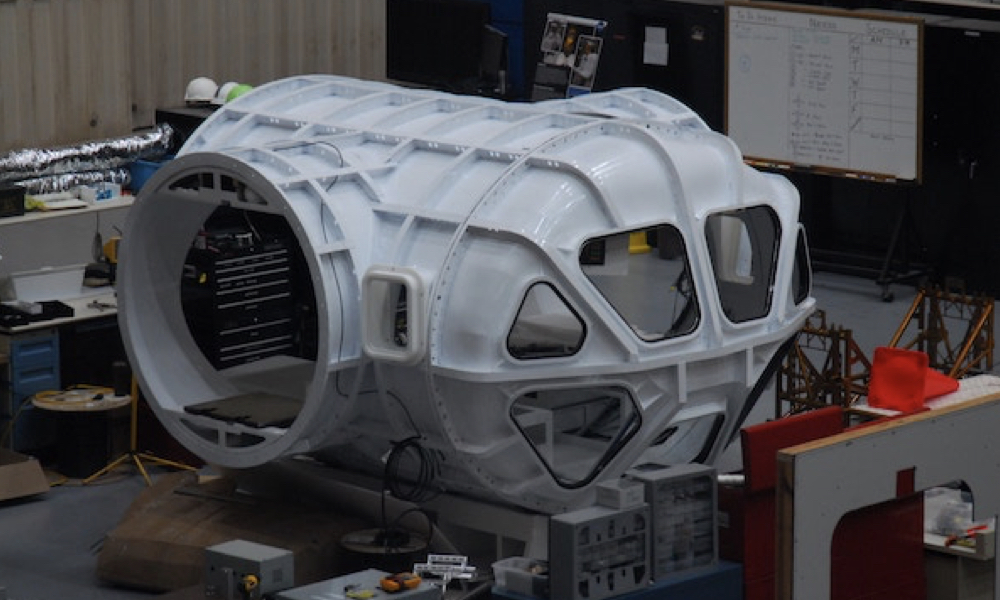
ESA Open Invitation To Tender AO8865
Open Date: 18/04/2017
Closing Date: 12/06/2017 13:00:00
Status: ISSUED
Reference Nr.: 16.155.07
Prog. Ref.: Fut.Mis.Prep.
Budget Ref.: E/E104-E5 – Fut.Mis.Prep.
Special Prov.: AT+BE+CZ+DK+EE+FI+FR+DE+GR+IE+IT+LU+NL+NO+PL+PT+RO+ES+SE+CH+GB+SL+CA
Tender Type: C
Price Range: 200-500 KEURO
Products: Satellites & Probes / AOCS & GNC / Guidance Navigation Control (GNC) / Radars, lidars, GNSS receivers
Techology Domains: Onboard Data Systems / Microelectronics for Digital and Analogue Applications / Digital and Analogue Devices and Technologies
Establishment: ESTEC
Directorate: Directorate of EO Programmes
Department: Science, Appl & Future Technologies Dept
Division: Future Missions Division
Contract Officer: Ipsilanti, Anna
Industrial Policy Measure: N/A – Not apply
Last Update Date: 18/04/2017
Update Reason: Tender issue
The development of the first AGGA (Advanced GPS/GLONASS ASIC) device was initiated within ESAs Earth Observation Preparatory Programme (EOPP) in 1995 in order to support the Earth observation applications of navigation signals. The AGGA is a space-qualified digital integrated circuit providing all the high-speed digital signal processing functionality for EO applications such as atmospheric sounding with radio occultation and precise orbit determination of Low Earth orbiters for gravity field determination, altimetry, SAR interferometry, etc. The AGGA design includes novel techniques, specifically for adaptive semi-codeless tracking and for optimal attitude determination, for which international patents have been assigned to the Agency. In the latest AGGA-4 (first flight next year) multi GNSS data and pilot tracking was included as well as other improvements to improve efficiency. The main objectives of thisactivity are to perform a feasibility assesment of the next version AGGA-5 based on future requirements and lessons learned from AGGA-4. It will start to gather feedback from existing AGGA-4 based receivers, analyse technical impact of solutions and trade-off solutions. It will then establish system requirements for the new AGGA-5: investigate new applications like reflectometry and trade-offpossible implementation structures both in hardware and software. Once this is known in the architectural design the high level architecture of the AGGA-5 will be established, including trade-off between ASIC and FPGA hardware, functional block diagrams, flow charts, interface definition, IP cores definition, etc. An AGGA-5 development plan will be stablished including all the steps necessaryto come to a commercial end product like validation, layouts, final testing, etc. It will also include a cost estimate for the different steps. An additional last side-step will be to establish requirements for a so-calledAGGA-5xs: after completing the above, the contractor shall establish requirements for a new low cost, low power AGGA-5xs which might serve mainly single frequency Precise Orbit Determination purposed receivers.
If you wish to access the documents related to the Invitation to Tender, you have to log in to the ESA Portal.
